For the past
few weeks the Preschool and Pre-K classes have been exploring shadows. This
interest came about because Karen Thibodeaux performed a shadow puppet show for
the UNM Kid’s Campus. Students were very curious about how and what made
Karin’s puppets work. We wanted to help
students understand concept of shadows.
Our aim was
to help students experiment with the difference between a shadow outside and a
shadow inside. When they were outside
they began to understand that the sun is what creates shadows.
We started
by asking students what they know about shadows:
What is a shadow?
Langdon
-When you walk you can make a shadow of yourself. Look at my shadow its doing
what I do.
Jayden- When
you walk your shadow follows you. You have to have sun to make a shadow
Kamila- You
can make Shadows puppets with your hands.
Jonah -Light
makes a shadow.
Maximo-Shadows
are darker and the light is shinier.
Shadows happen in the light. Teacher a black monster is following me.
Jesus- You
cannot have a shadow when it is dark.
Isaiah-
Shadows move when you move. Shadows move in the light.
James- We
see our own shadows (looks down at the shadow of the fence) these shadows look
different then my shadow.
Both classes
also went on a shadow hunt and saw many different shadows such as trees,
bushes, poles, fences and cars.
The Pre-K class
experimented with how the sun’s position in the sky affects the size of
shadows. We help students understand
this concept by having them notice where their shadow was and marking it with
chalk. We asked students to predict
whether they thought their shadow would grow or shrink in five minutes. All
students thought that their shadow would grow. Later we went back to see if the
shadow had changed, and they had! When
we asked them how they thought this happened, here are some of the things they
said:
Did your Shadow get smaller or bigger?
Sam- My
Shadow got bigger like my dad’s shadow.
Addison- The
sun makes a shadow.
Why did your
shadow grow?
Meadow- The
sun made me grow. The sun and moon live in outer space.
Jonathan-
The sunlight
Isaiah – The
sun goes away and the moon comes out.
Jayden- The
sun goes up (we look back at James Shadow) It went up because the sun went
up.
Students
began to understand that their shadows grow due to the sun rotating the
Earth.
After the
exploration of shadows outside we move inside. We asked students if shadows
could be inside and how. Here are some of their ideas:
Quin- The
shadow is different on the inside and the outside.
Ali- Turn on
the light so we can see the shadow
Tomas- When
you are outside you see yourself.
Diego-
Teacher how do you make the shadows go away?
Tomas- Turn
off the light
Pearl-
Teacher how do you bring back the shadow?
Diego- Turn
on the light!
What makes a
shadow?
Paloma- When
you walk in the sun. You can’t make a
shadow when it is dark, you need light!
Teacher- Can
you make a shadow inside?
Paloma- Yes
(she gets up and goes over to the window) See, teacher here is a shadow inside.
Sophia- I
see Elsa’s shadow, because of the light over here.
After
students understood that light is what created shadows inside, we helped them
explore this further by hanging a sheet in the studio so they could see how a
light creates shadows inside. Students had a great time discovering their
shadows inside and guessing who was behind the sheet.
Jayden, Maximo, Jonah, Vincent and Aurora were
looking for shadows. When all of a sudden Jayden noticed a shadow of a light
pole. He wanted to see how long it was. He told the others to lie down on the
pavement and line up with the shadow. As the shadow hunt continued, the
children found another shadow of a light
pole. Jayden then called another group over to help measure the large light
pole. Children worked together to
measure the shadow. It took 10 children and 1 teacher!
After
discovering shadows inside and out we had Karin come back to make shadow
puppets with us. Students were so excited to see her and create their own
puppets.
Demitri-
Look I made a woodpecker. I made a tree for it and a branch. My woodpecker says peck, peck, peck, then
timber (as he moves his puppet down).
Jonathan – I
making a wasp nest; they are chasing people.
Thalia- I
made a heart puppet.
Meadow- If
we put it on the bottom they can stand.
Watch come on this other side and look at it.
Kamila- I
made heart shadow puppet.
Jesus-
Teacher Ali, I made fire, can you hold it so I can see the shadow.
Keenoh- I
made a spaceship; it goes all the way to space; can you see that?
Ben- Look at
my shadow puppet, it is a rocket ship.
It goes all the way to heaven.
Addison-
Monster it says GGGGGGGGER
Sam-
Volcano, it is going to explode
James- A
flying gorilla climbing monkey, he jumps all around.
Christian-
Square, (he smiles as summer hold his shadow puppet up to the light) Look at
that my shadow puppet
Maximo- Big
lava slide, that flows down the mountain.
Arora- A bird.
My bird needs a tree and a branch to sit in and it swings for the kids.
Vincent- An awesome bat; it fly’s in the dark
because it is a shadow puppet.
Daisy- A
fairy with wings, she fly’s.
Jonah-
Rocket, look at the shadow it makes teacher.
After the
shadow puppets we wanted to show students other ways shadow could be made such
as using the overhead projector. We thought a good way to do this was have
students do sand drawings using the overhead projector. When working with
shadow puppets and shadow drawing students were amazed by the phenomenon of
shadows.
During this
study teachers observed the evolution of children’s ideas about how shadows are
formed both inside with light and outside with the sun. During the teacher’s reflective meeting we
determined that our next step in studying will be focusing on the properties of
shadows. We will do this by setting up different objects on the table. We will
ask students to make a shadow of the object and if they can move the shadow.
After they make a few shadows we will ask them to make a shadow on a certain
spot. We will also ask students if they can create two shadows with one object
and how they think they could do that.
New
Mexico Early Learning Guidelines meet during this study:
#6 the child communicates experiences, ideas, and
feelings through speaking.
#10 the child demonstrates understanding of
geometrical spatial concepts
#11 the child demonstrates an understanding of
non-standard units to measure and makes comparisons
#13 the child demonstrates appreciation for the arts
#14 the child uses the scientific methods to
investigate the physical and natural worlds and to hypothesize and make
predictions
#20 the child works cooperatively with other
children and adults
#23 the child is open and curious to learn new
things
#24 the child takes initiative
#27 the child displays persistence and pursues
challenges
#28 the child uses problem-solving skills

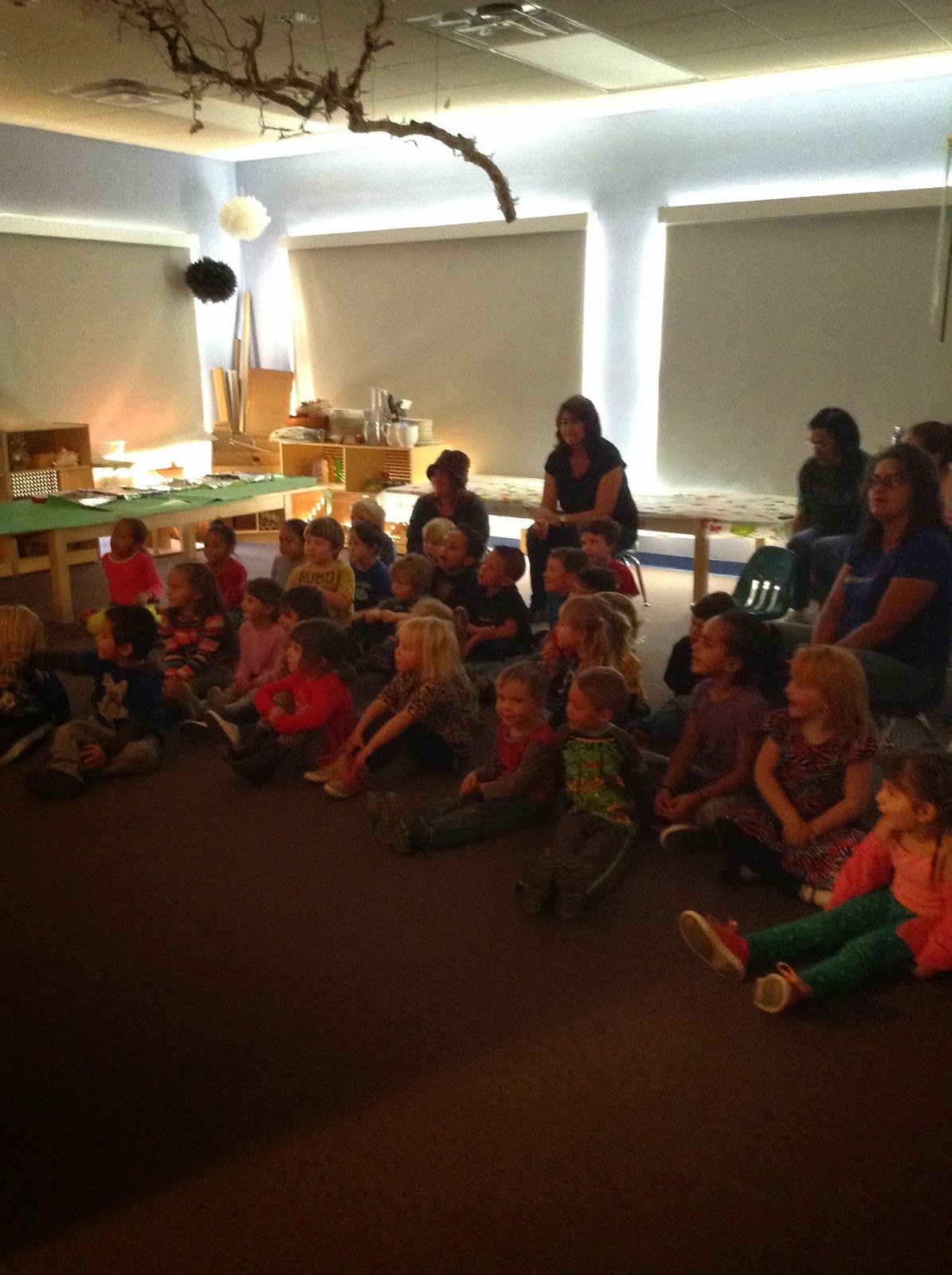





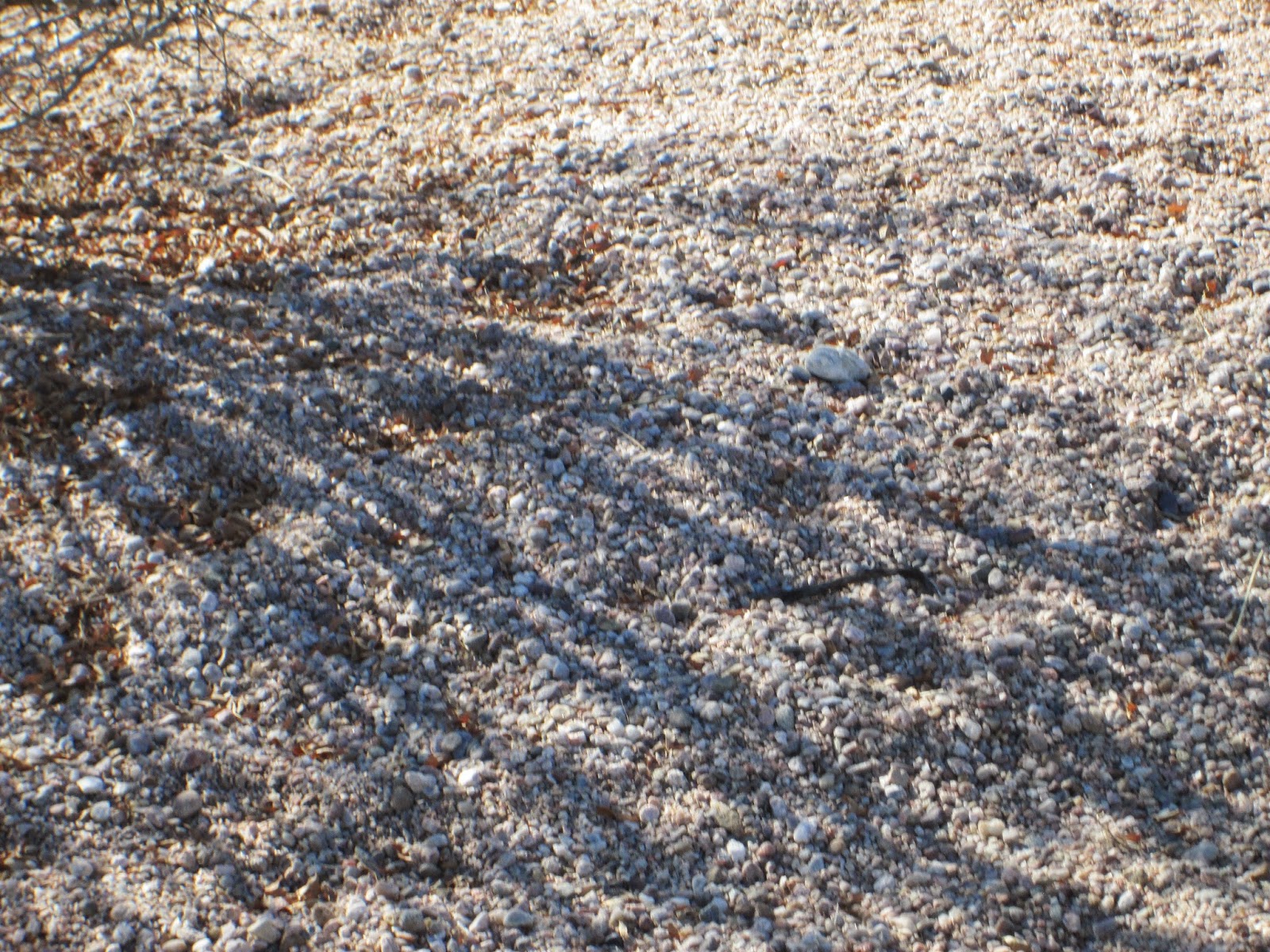



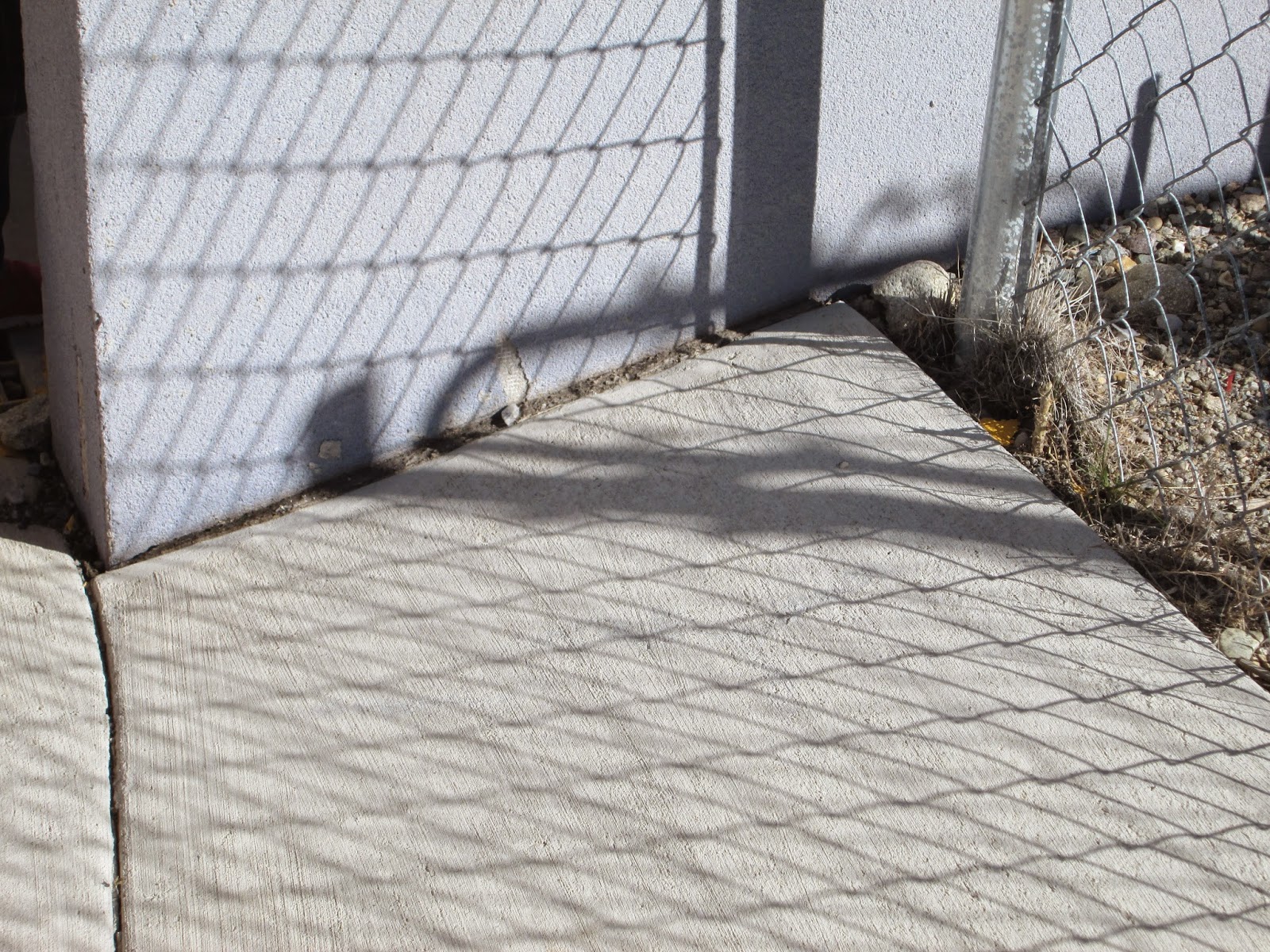










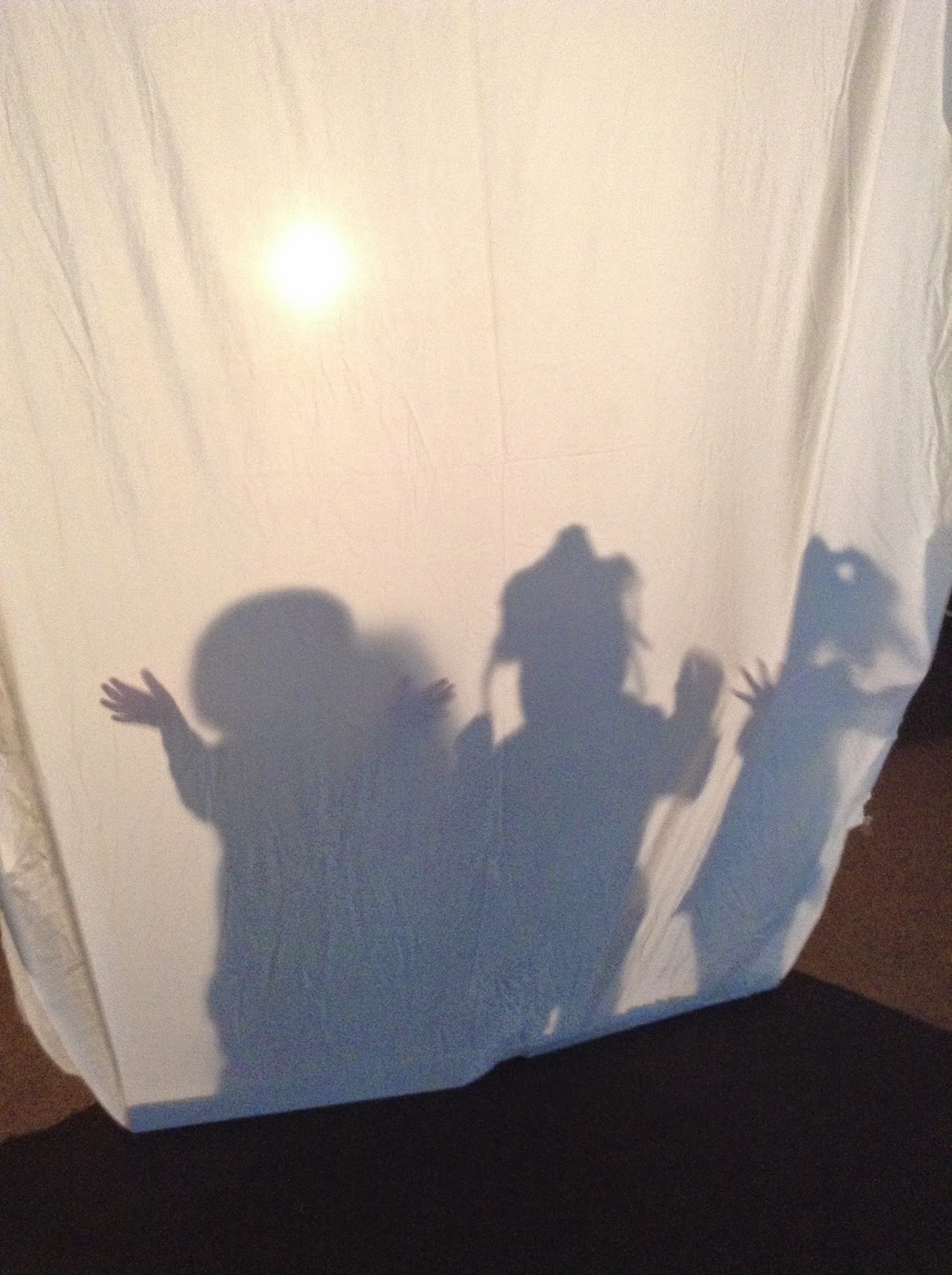


























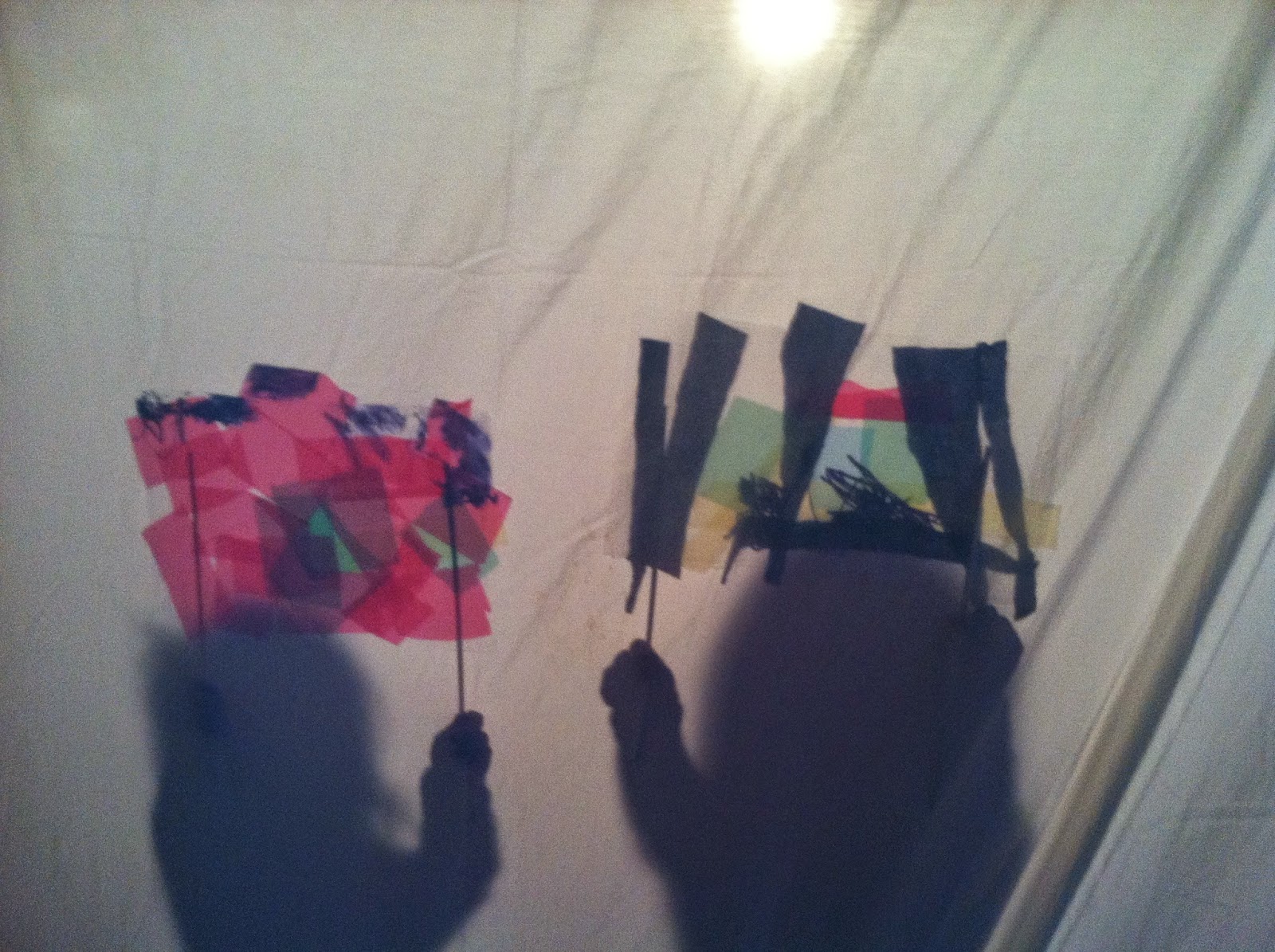








No comments:
Post a Comment